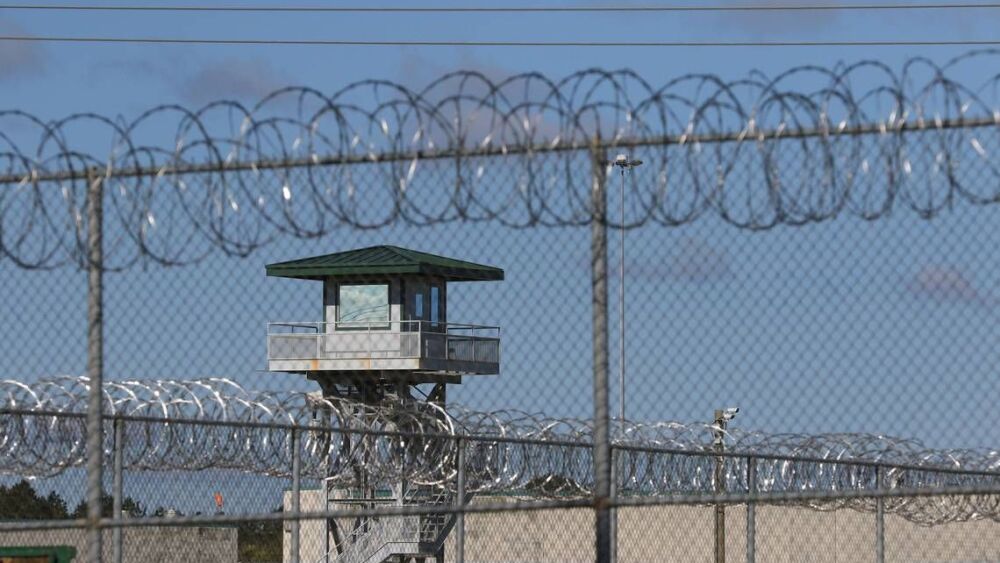By Sarah Roebuck
Corrections1
COLUMBIA, S.C. — A fifth inmate pleaded guilty to his role in the biggest prison riot in South Carolina’s history, the Post and Courier reports.
The riot happened in April 2018 at Lee Correctional Institution. It left seven dead and more than a dozen injured, according to documents. It was the deadliest prison riot in the United States in the last 25 years.
Those killed were identified as Eddie Gaskins, Joshua Jenkins, Michael Milledge, Cornelius McClary, Damonte Rivera, Raymond Scott and Corey Scott. The fighting lasted for about eight hours.
Four men initially pleaded guilty to charges on July 20, 2023. On August 14, a fifth man, 39-year-old Chan Bun, admitted guilt to possession of contraband and criminal conspiracy at the Sumter County General Sessions Court. He received a sentence of eight years, to be served concurrently.
A total of 29 men, all previously confined in the high-security detention facility in Sumter County, were indicted on various charges in 2020.
Currently held at the McCormick Correctional Institution, Bun was previously sentenced to a 30-year prison term for a murder committed in 2006 and two counts of assault with intent to kill in Spartanburg.
Inmate records from the S.C. Department of Corrections reveal that Bun has repeatedly faced penalties, including loss of privileges, due to rule violations. His most recent punishment was in May when he was found in possession of a cellphone.
Similar to Bun, three other men admitted guilt in July for possession of contraband. The fourth man, Mike Smalls, confessed to second-degree assault and battery by a mob, as well as conspiracy. He received an additional prison sentence of 18 years.
Not long after the riot, a flood of lawsuits was submitted against the Department of Corrections. These legal actions vividly depicted the disturbing events that unfolded as the riot gained momentum. Prisoners recounted distressing instances of lying defenseless for extended periods, pleading for assistance following stabbing incidents. They recounted their efforts to secure themselves within prison cells that had malfunctioning locks. According to some inmates, desperate to evade their assailants, they even resorted to scaling a razor wire fence.
Several lawsuits filed portrayed a scene of a facility critically short on staff and plagued by lethal infrastructure issues that ultimately resulted in the fatalities of the prisoners.
The former warden of the prison highlighted persistent understaffing and the prison’s overpopulation stemming from a substantial inmate transfer just before the riot. In the legal action he initiated, the former warden alleged that he was compelled to leave his post within the department as a means to conceal the mishaps, blunders and disregard attributed to the leadership of SCDC. These factors were identified as the root causes of the riot.
Department of Corrections officials finished their investigation into the incident about a year after it happened.












